6 easy and effective ways to clean your home with baking soda and vinegar
From fabrics to appliances, there's little this combo can't do

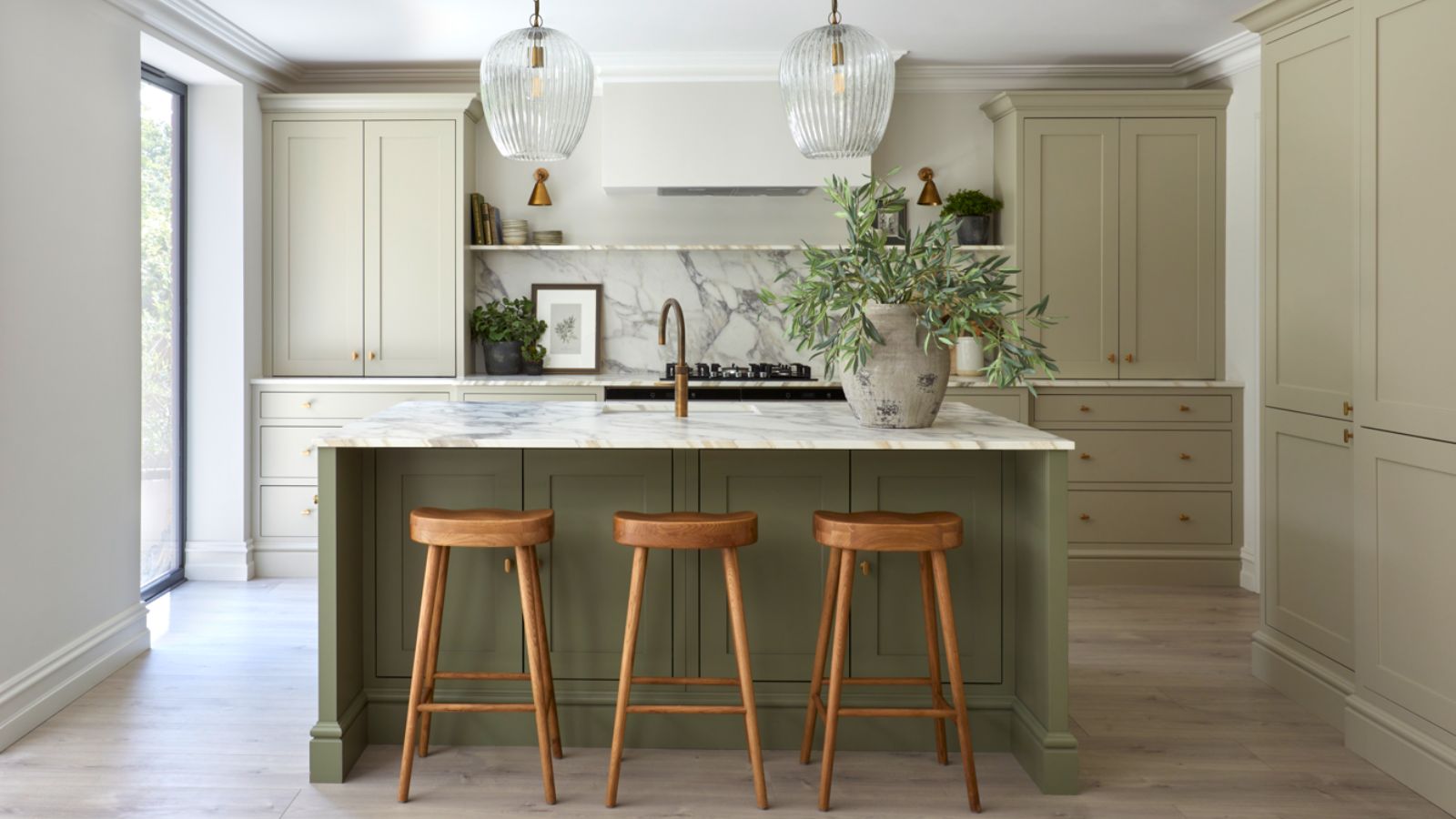
Rather than holding on to hundreds of cleaning supplies in your cramped cabinet, cull to just two – cleaning with baking soda and vinegar.
This powerful, non-toxic cleaning combination is beloved by cleaning experts, including myself, who use it all over the home to deodorize, de-grease, and detox.
Here, I share the six main ways I clean with baking soda and vinegar all over my home, with cleaning tips from cleaning professionals who use this duo for max scrubbing power.
Cleaning using baking soda and vinegar
Cleaning with vinegar and cleaning with baking soda have become a go-to for me as I strive to create a non-toxic home. The two, used separately and together, can tackle a whole host of tasks that I would otherwise need harsh chemicals for, reducing my exposure to toxins and keeping me and my family healthy with green cleaning.
1. Scrubbing surfaces
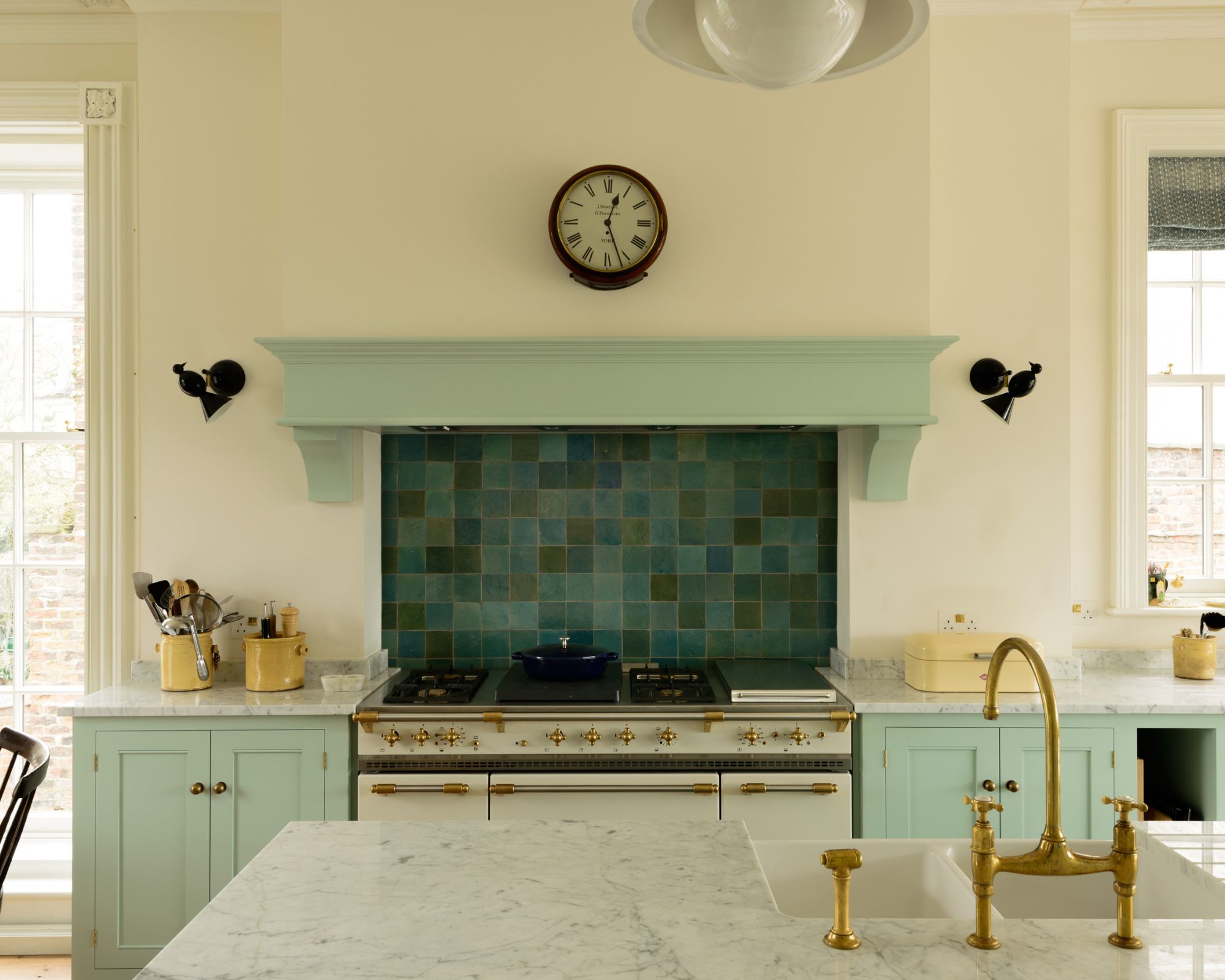
Baking soda and vinegar are a must-have in my kitchen cleaning kit.
Scrubbing is hard work, so I am always on the lookout for ways to make it easier. With vinegar and baking soda, I add a boost to a range of tasks from cleaning stainless steel pans with vinegar to cleaning grout, removing tough debris while making the tasks a little easier on my arms.
For grout, you can mix baking soda, from Target, bit by bit with water until it forms a thick, spreadable paste that you can apply to the lines. Then, spritz the paste with white vinegar, available from Walmart, in a spray bottle, and let the fizzing action start the task for you. You can then go in with a fine detail scrubbing brush, such as the Clorox 5-in-1 detail brush also from Target, to get into the nooks and crannies before wiping it all away with a damp cloth.
For pots and pans, especially those with burnt-on food, I sprinkle the baking soda over the affected area before saturating it with white vinegar and leaving it to fizz. This helps to loosen a lot of the burnt food to make scrubbing easier. Sometimes, if the burnt spots are quite thick, I will boost this with a little boiling water to help melt away the grease.
Design expertise in your inbox – from inspiring decorating ideas and beautiful celebrity homes to practical gardening advice and shopping round-ups.
There is no exact recipe for these, I simply apply as needed until the entire area is coated.
2. Deodorizing
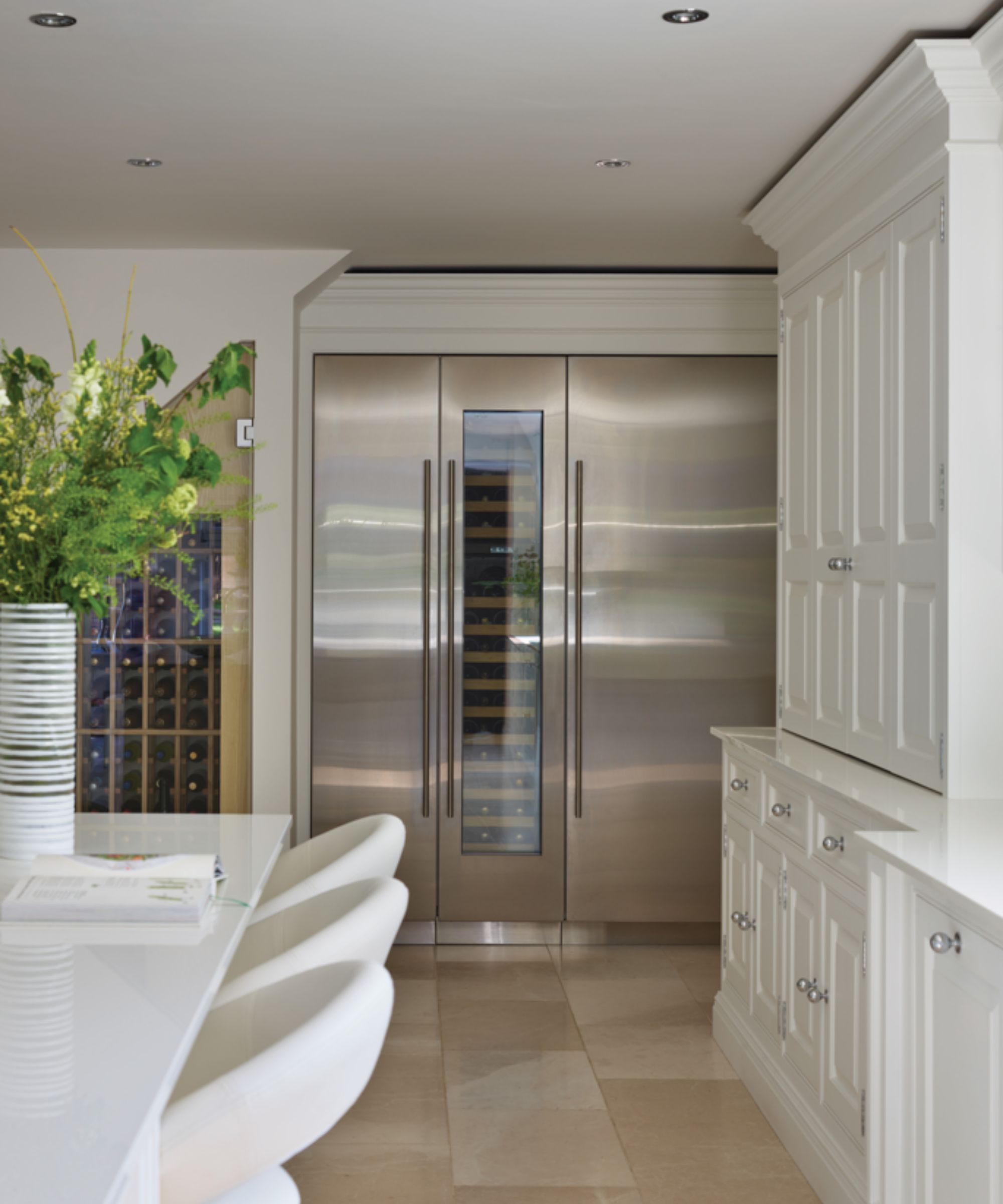
This duo quickly refreshes my fridge. It is a must have for home cooks.
Baking soda and vinegar are also some of the best natural deodorizers for a home, especially for confined spaces such as cabinets and drawers or getting rid of fridge smells. All you have to do is place a small open container of either product in the back of the offending unit and let it sit for a day or two. They will absorb the smell with ease – it is one of the things people with clean home storage always do for a reason.
As a combo, they are also great at removing odors from upholstery. For bedrooms in particular, Laura Harnett, founder of eco-cleaning brand Seep shares, ‘While your duvet is being washed, sprinkle baking soda over the mattress covering evenly and leave it for at least one hour with the window open to let in the fresh air.
'Baking soda absorbs the lingering odors when it is hoovered up and the fresh air and sunlight also have antibacterial powers. If there are any stains on the mattress they can be cleaned with white vinegar dipped in a soft cloth, such as the Seep bamboo multipurpose cloth.’
Using a powdered sugar shaker, from Walmart, can help you get an even distribution of baking soda so you do not end up with empty patches or clumps.
3. Refreshing drains
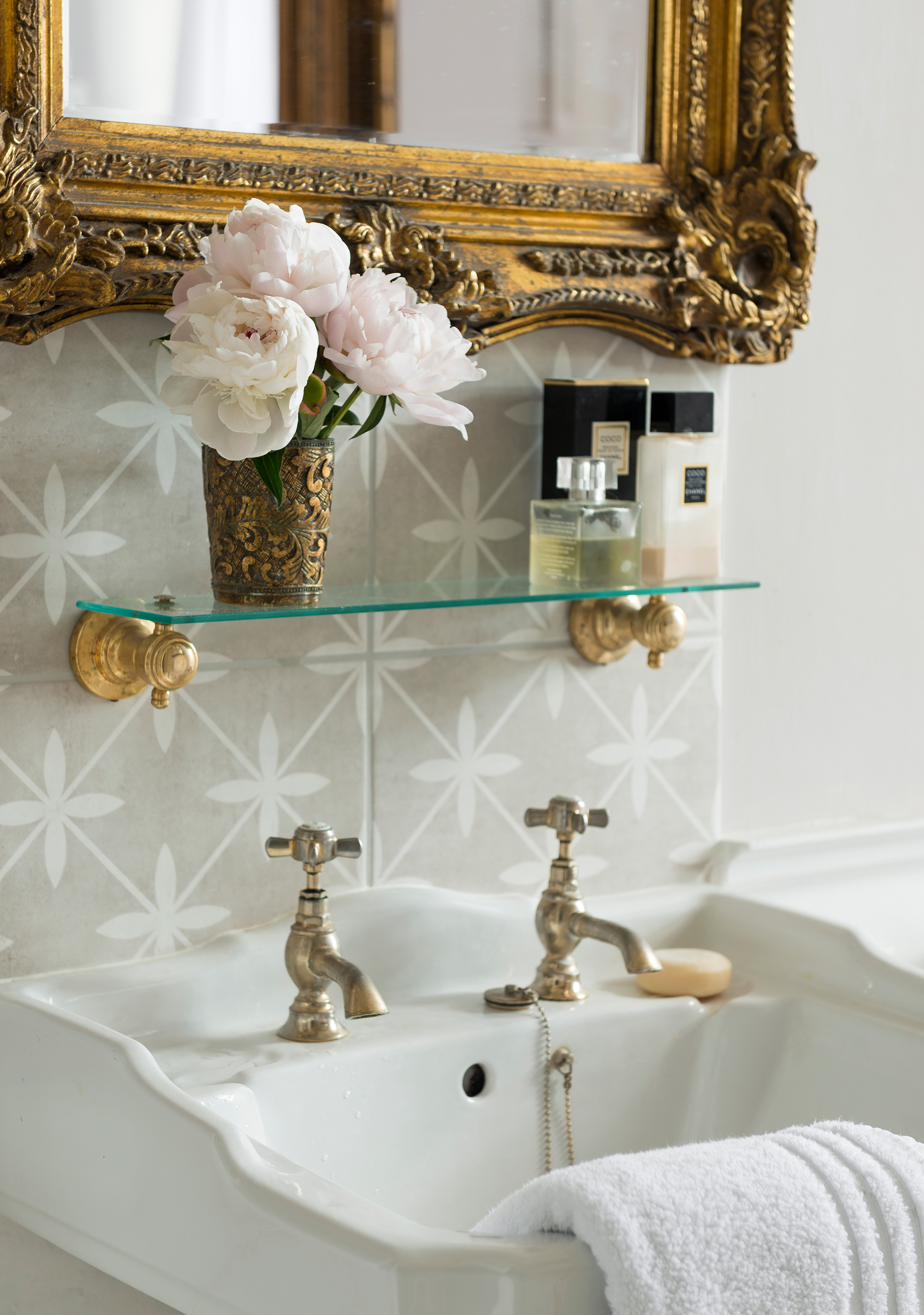
Prevention is better than a cure, and baking soda and vinegar offer the perfect chemical-free option.
If you want to banish bad bathroom smells for good or clean a kitchen sink drain, look no further than this power combo.
Cleaning with baking soda and vinegar is not as powerful as using a commercial unblocker such as Lysol Power Clinging Gel, from Target for tough grease and hair clogs on a floor drain or pipe, but I have found it to be a fantastic preventative measure to keep drains flowing and prevent issues and odors in the first place.
For this task, I start by flushing the drains with two cups of boiling water before pouring a cup of baking soda down the plughole and following up with a cup of vinegar.
Now, here’s the real trick – cover the plughole with a damp cloth. This keeps the fixing reaction moving down the drain pipes, rather than letting it overspill into your sink.
4. Cleaning washing machines
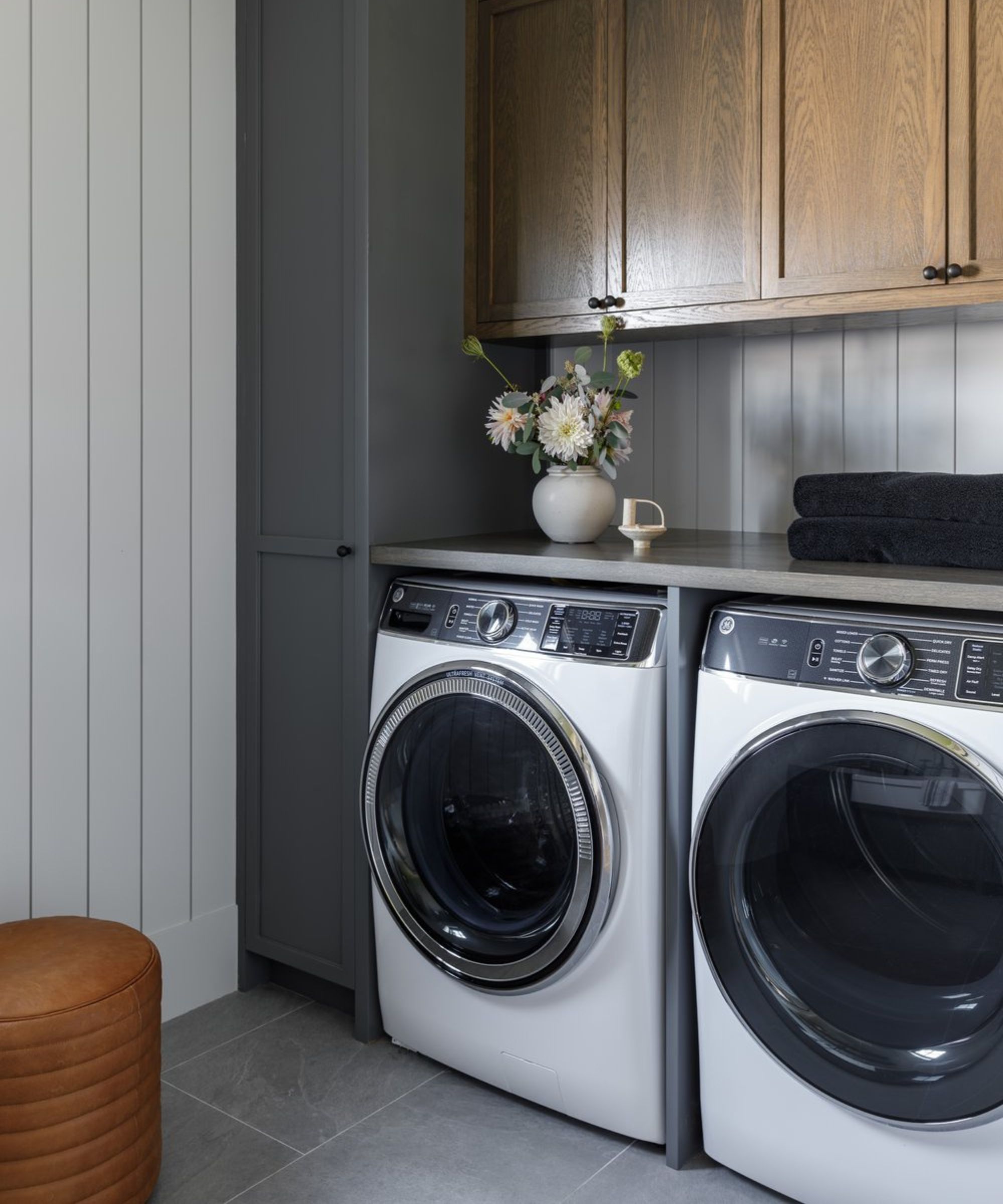
Baking soda and vinegar can also be used to refresh clothes dryers.
Cleaning washing machines needs to be done frequently to prevent nasty odors, mold, and dirty clothing. Because of this frequency, it is best to avoid harsh chemicals that could wear down your appliance and damage your garments.
To do this (you guessed it) I use baking soda and vinegar to help refresh the drum, kill bacteria, and remove mold in the detergent drawer, especially if I need to clean a washing machine that smells. I usually put one cup of baking soda directly in the drum, one cup of white vinegar in the detergent drawer, and set a hot cycle with no laundry. This sanitizes and disinfects a washer.
To clean the washing machine detergent drawer, I remove it from the machine after the cycle is complete and scrub it with a spritz of vinegar to remove mold and product buildup – not forgetting to wipe out the housing with a microfiber cloth, from Walmart, dampened with vinegar – before slotting it back into place.
To make the task easier, you can also use white vinegar in laundry in place of fabric softener to prevent product build-up, adds Ron Shimek, president of Mr. Appliance, a Neighborly company.
He explains, ‘To prevent washing machine rubber from going moldy, dry out the drum after each use by leaving the washing machine door open, select a different detergent, and avoid liquid fabric softener.’
It's a good washing machine maintenance tip.
5. Tackling limscale
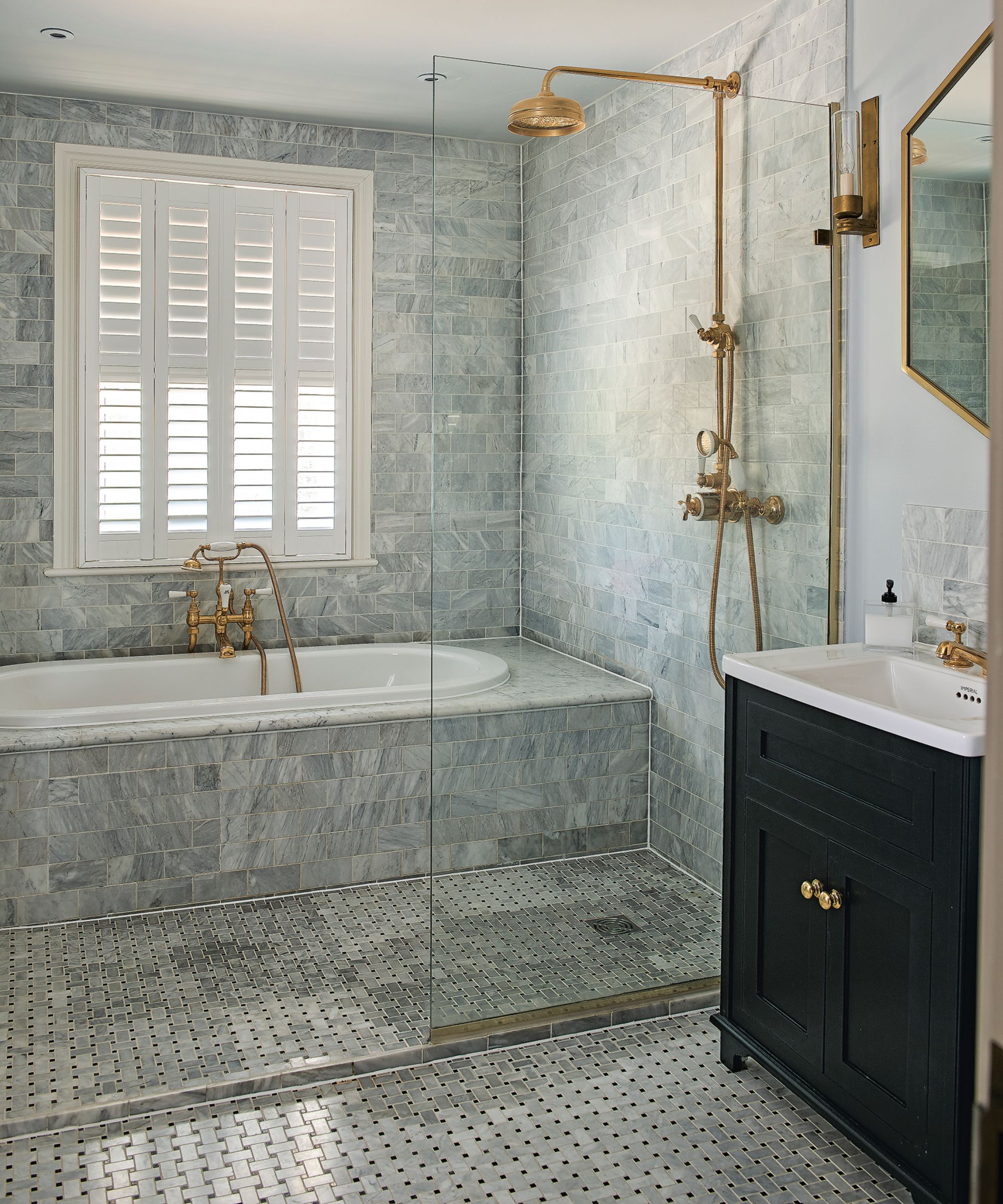
Limescale in a bathroom can quickly be 'eaten away' by white vinegar.
Whether you are removing limescale from shower glass or cleaning a faucet head, vinegar and baking soda are your best friends.
While I usually clean shower glass with The Pink Stuff, baking soda, and white vinegar create a perfect dupe if I run out. Baking soda with a small amount of white vinegar forms a thick, spreadable paste that when applied with a gentle abrasive sponge such as The Scrub Daddy Sponge from Target, makes light work of watermarks on showers and when cleaning windows.
For faucet heads and cleaning shower heads, you can take a no-scrub approach by submerging the water jets in a bag of fizzing baking soda and vinegar. This will help to break down the limescale. For tougher build-up, you can tape the bag over the shower or faucet head to hold it in place overnight.
6. Breaking down grease
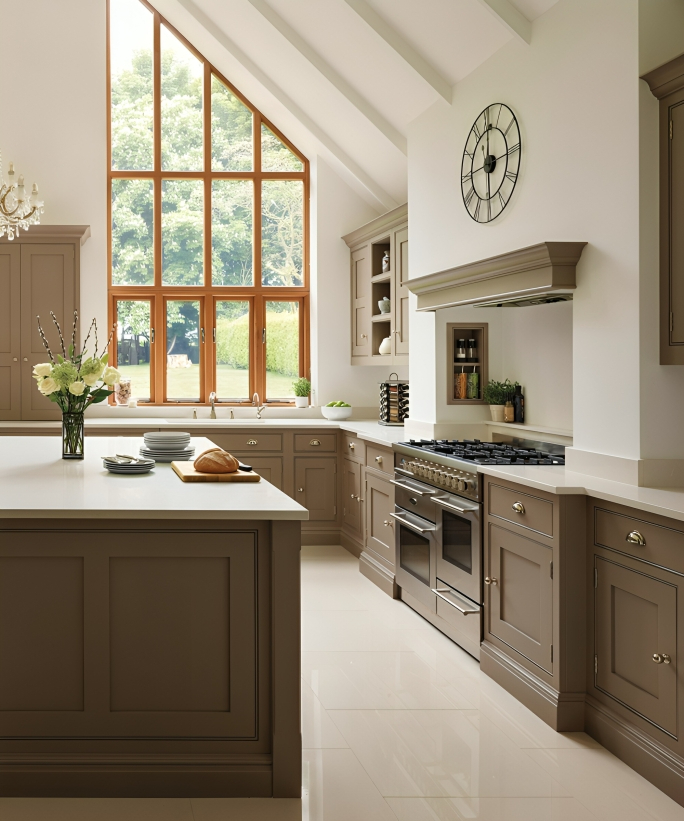
Baking soda and vinegar can make a great scrubbing paste for ovens and oven racks.
Cleaning kitchen grease is a pain – there are no two ways about it, but you do not need harsh chemicals to clean well. I usually use a steam cleaner to deep clean my whole kitchen, but for smaller spots and particularly baked-on mess, I will turn to The Pink Stuff Paste, from Walmart, or its baking soda-vinegar replacement.
Laura Harnett says, ‘A lot of people resort to harsh chemicals but there is an eco-friendly, effective way to clean the oven. Make your own DIY cleaning solution by mixing baking soda and water into a thick paste. Spread this onto your oven and leave overnight. When you come to scrub it off the next day the baking soda will have cut through the grease and it's abrasive too so will easily lift the burnt-on stains off.’
As with cleaning pans, you can also spritz the area with vinegar from a spray bottle, such as these glass spray bottles from Walmart, just before scrubbing to make the task a little easier.
General tips for cleaning with baking soda and vinegar
- Test in an inconspicuous area first: Although baking soda and vinegar are safer to use than chemicals, the acidic nature of vinegar can sometimes cause damage to delicate surfaces such as natural stone and wood. Before cleaning, it is always best to test it in a hidden spot first to be safe.
- Don't forget to scrub: Baking soda and vinegar can help to disinfect, deodorize, and de-grease, but they need some manual assistance for many tasks. Unlike chemical cleaners, they do not have harsh additives that do the work for you, so some elbow grease will be required. I still think that it is a worthy payoff to protect myself from lasting health effects, however.
- Rinse the area well afterward: Vinegar smells, well, like vinegar. The acrid odor might not be the most favorable outcome after cleaning your home. To make your home smell nice, rinse the area you have cleaned with water afterward, or spritz with a DIY room spray.
What to shop
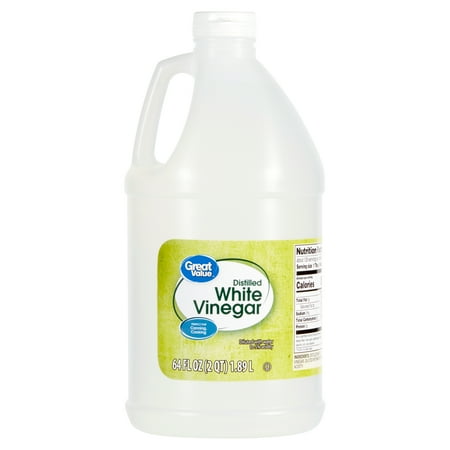
I keep a large container of white vinegar at home and it has lasted me well over a year. I usually decant it into a smaller spray bottle for easy access and use around my home and for getting rid of black mold.
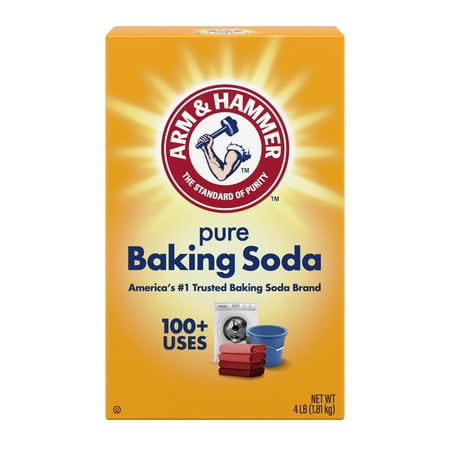
Baking soda is a natural abrasive that helps break down tough deposits without scratching delicate surfaces such as metal and glass. Mixed into a paste with water or use with vinegar for fizzy cleaning. It's safe for use in most areas of your home.

The Scrub Daddy sponge softens under hard water and toughens under cold water, allowing you to adjust the level of abrasive you need depending on the task at hand.
FAQs
What ratio of baking soda to vinegar should I use for cleaning?
When cleaning with baking soda and vinegar, the ratio you use will depend on the task in hand. For tasks that require scrubbing, you need to use more baking soda than vinegar to create a spreadable, abrasive paste. For tasks that require soaking or pouring, you need to use more vinegar than baking soda to create a liquid solution.
While baking soda and vinegar can seem like a miracle, green-cleaning solution for all over your home, it is wise to brush up on the spots to never clean with baking soda and vinegar to protect them from damage or ensure thorough results.

Chiana has been at Homes & Gardens for two years and is our resident 'queen' of non-toxic living. She spends most of her time producing content for the Solved section of the website, helping readers get the most out of their homes through clever decluttering, cleaning, and tidying tips. She was named one of Fixr's top home improvement journalists in 2024.